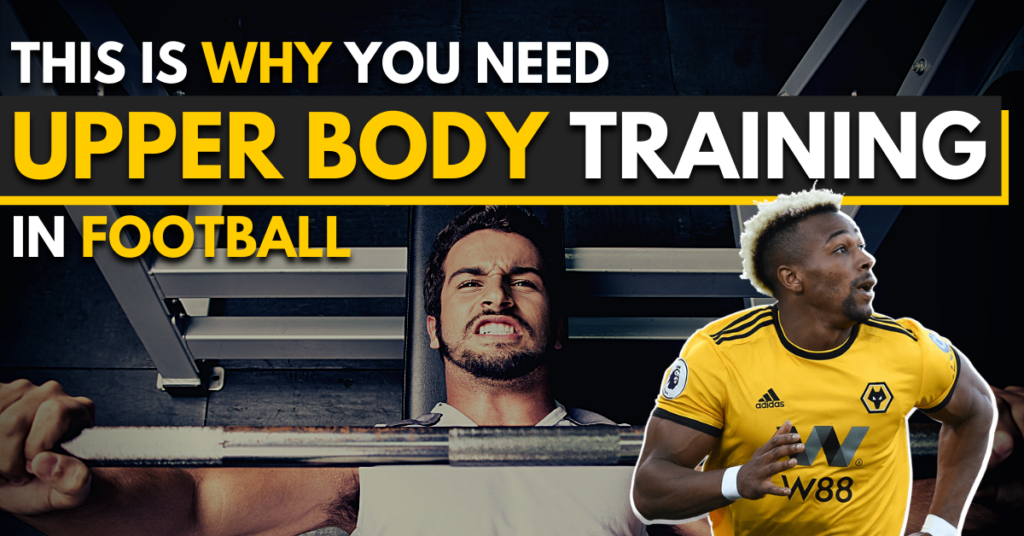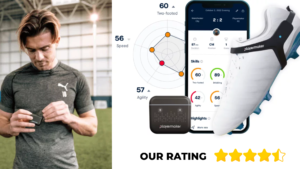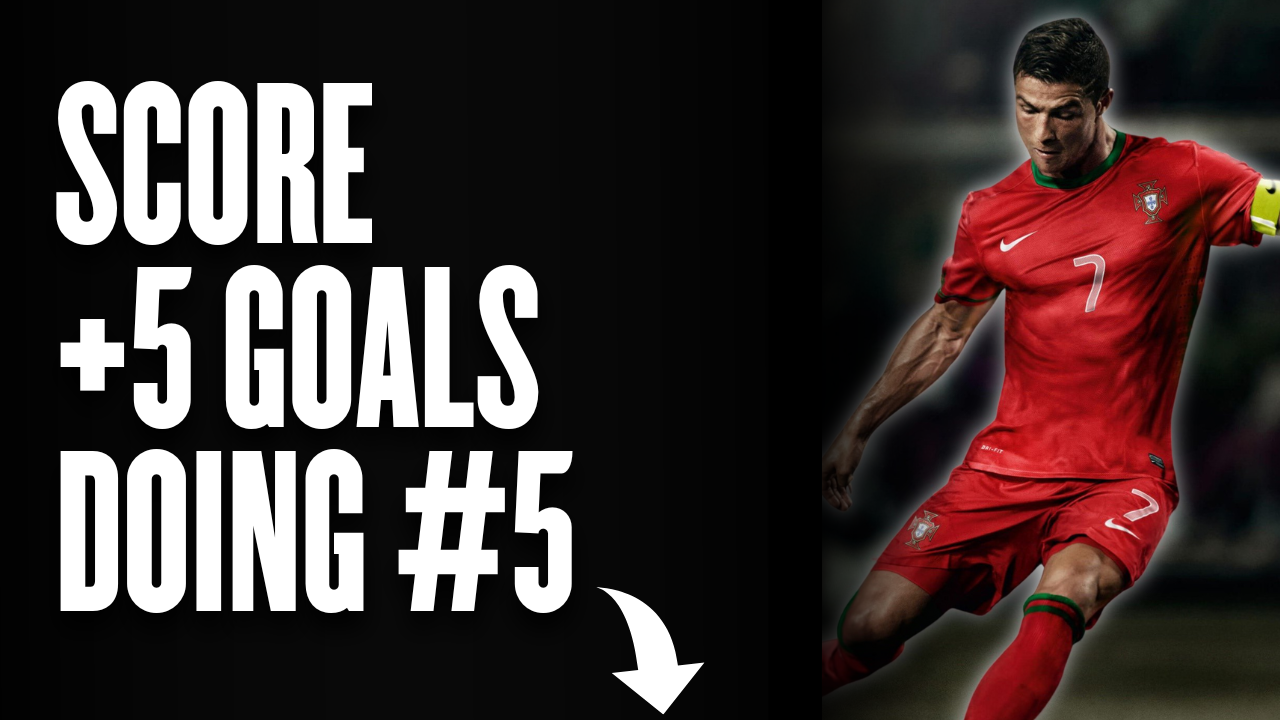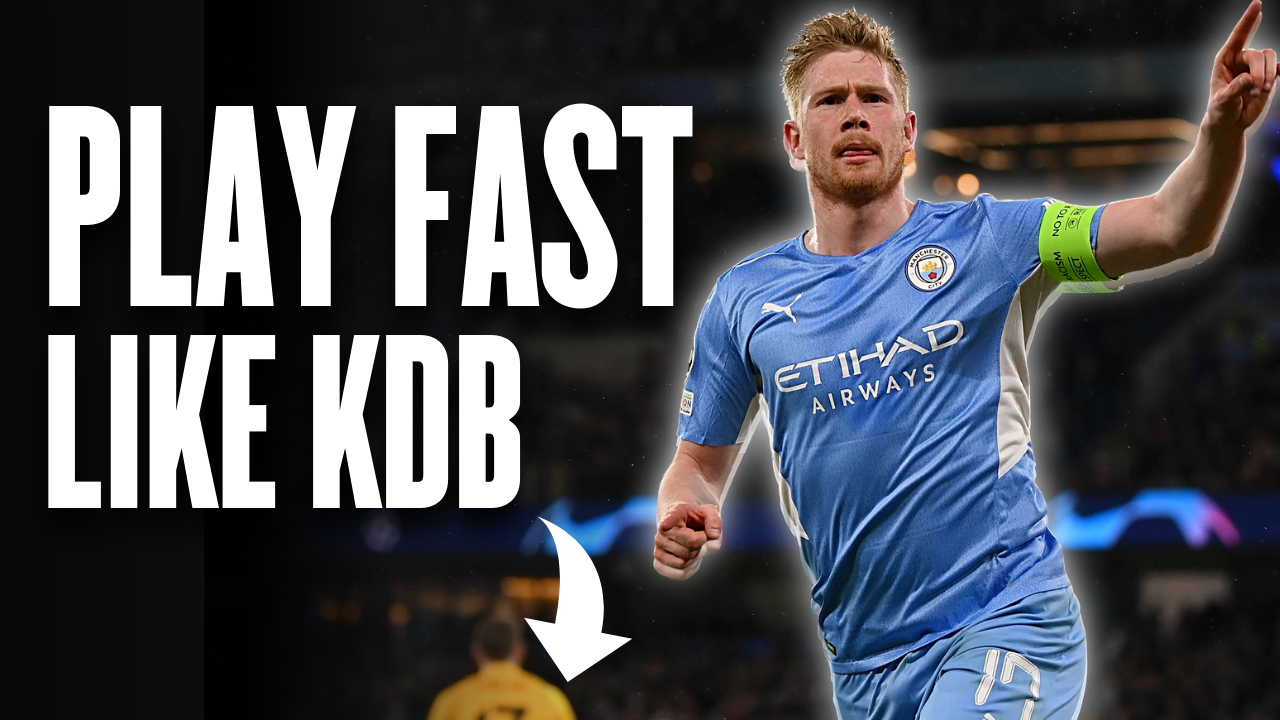
Upper body training in football is a topic with varying opinions amongst footballers, coaches, even trainers. There is so much confusion around it that most of the time leads players to either completely neglect upper-body work or to work on it in an inefficient way that may compromise their performance.
Upper body training, if programmed and implemented with some basic principles in mind (which we are going to cover in this article) can lead to significant increases in a footballer’s performance and decrease the risk of injury.
RELATED: Fat Loss For Football – The ULTIMATE Guide
What Muscles/Joints Consist The Upper Body?
First things first, what is the upper body and what muscles does it include?
The upper section of your body that is located above the core (midsection) and below the neck, is characterized as the upper body. The upper body includes major muscle groups and joints, such as your chest, back, shoulder, and arm muscles.
WORK WITH US | CLICK HERE TO GET STARTED!
Should Footballers Train The Upper Body?
Upper body training can and should be a staple in a football player’s training program. There’s a handful of benefits upper body training can offer to a footballer’s performance and overall career. Here are some of those;
- Win more physical duels (i.e. 1v1s, aerial battles, etc.)
- Reduce upper-body injury risk
- Improved coordination and balance
- More efficient movement patterns
- Improved posture
- Better transfer of force during multi-joint actions (i.e. sprinting, heading, kicking, etc.)
- An athletic and complete physique indicates professionalism and work ethic
- More confidence during performance
This Is Why You Need It
1. Win More Duels
Football is a contact sport that without a doubt includes a great number of physical plays throughout the 90 minutes.
Aerial battles, 1v1s (both defensive and attacking), stepping out in front of a player, battles inside the box during set-pieces, etc. are some of the most common scenarios a footballer faces during a game and require him to get more physical.
RELATED: Overtraining In Football | Causes, Symptoms, Treatment, Prevention
It would be one-dimensional to say that all the work in those battles is entirely done by the muscles located in your lower body. Having said that, core and upper body strength, power, and mobility can give you the edge over your opponents.
Physical battles are battles that involve the whole body. If you want to win more physical battles your approach to training should be holistic. Start looking at the big picture and utilize every “tool” you can use to your advantage.
Once again, the game is physical. Use your entire body to win physical battles and to protect/win the ball. Your arms, your shoulders, your chest, are all being used in-game.

*As an affiliate, I'm earning from qualifying purchases without any extra charges being placed on you.
NOT IN THE MOOD TO READ? HERE’S THE VIDEO!
2. Reduce The Risk Of Injury
Upper body training can lead to a reduction of injury risk, both in the upper and the lower body.
Your upper body plays a major role in all of the movements the human body produces – be it sprinting, jumping, passing, etc. In that sense, the more efficient you are at producing those multi-joint movements, the smaller the injury risk becomes.
Apart from that, upper body injuries are also really common in contact sports, with injuries such as shoulder dislocations, back muscle strains, etc. being a reality even in a sport where the upper body hasn’t a primary use.
In other words, an injury-resilient body is the bi-product of a robust, strong, and mobile body. This doesn’t exclude the upper portion of it.
3. Improved Coordination And Balance
Coordination and balance are two important areas of the game that need our attention. As with everything gym-related, football players and coaches put so much of an emphasis on the lower section of the body without realizing that movements involve the whole body.
Your arms, chest, shoulder, and back muscles and joints are also used for stabilization and coordination. Complex movements require the cooperation of your upper and lower body as well as the core, in order to create, resist, and absorb forces.
In that sense, upper body training shouldn’t be limited to upper body isolated exercises, but it can and should be progressed by implementing it into other training instances as well (i.e. SL Romanian Deadlift to Overhead Press).
This implementation of “more complex” movements will further activate your neuromuscular system and aid coordination and balance.
4. More Efficient & Powerful Movements/Actions
The forces your body creates in various movements inside the game (i.e. jumping for a header) require the recruitment of both upper and lower body muscles and joints.
By ensuring that you have a) engrained proper upper body movement patterns and mobility and b) created a good foundation of power and strength in the upper section of your body, you can also expect more efficient and powerful actions.
This is mainly because of the ability to create but also transfer forces throughout the body. Just think of a vertical jump and its variations (arm swing/no arm swing).

*As an affiliate, I'm earning from qualifying purchases without any extra charges being placed on you.
One of the reasons most athletes in team sports are able to exert higher forces during the “arm-swing” variation in comparison to the “non-arm-swing” variation is because of the transfer of energy that happens throughout the body during the jump.
This isn’t of course the sole reason, but it definitely is one of the mechanisms that utilize your upper body to store and use elastic energy to produce greater power outputs. [1]
5. Improved Posture
Another aspect we might want to target with upper body training is the development of good postural behavior during performance and training.
Posture can play a vital role in our respiration, and subsequently our cardiovascular ability. A hunched back can lead to less oxygen being inhaled, which can ultimately lead to reduced aerobic ability.
Good posture is also a prerequisite in general strength and conditioning training because it will help with stabilization, which will enable you to achieve greater adaptations in terms of strength, speed, and power.
For example, better posture can result in better (both qualitative and quantitative) force outputs in exercises such as Squats or Bench Presses.
This also brings us back to improved movement mechanics. A better posture is one of the areas you need to address if you want to improve the way you move and function.
6. More Powerful & Precise Actions On The Ball
Upper body strength and power might not seem to be directly linked to actions on the ball, however, this isn’t the truth.
If you observe the human body during actions such as shooting, passing, dribbling, etc. you’ll be able to see that the higher the playing level the more fluid the player becomes in his/her actions on the ball, even in complex game scenarios.
This fluidity stems from the ability of your core, upper, and lower body to cooperate together and produce efficient actions.
RELATED: How To Warm-Up Properly For A Football Match/Training Session
What this means is that without the use of your arms, your back, chest, and shoulders, you wouldn’t be able to produce the same forces or be that accurate with your actions.
For example, the arm swing that happens during the shooting motion is an important factor in terms of force output and accuracy. This exact movement (arm swing) is dependent on upper body strength, power, and mobility, as well as the quality of the movement patterns that are instilled into the football player.
7. Athletic Physique
The development of an athletic, good-looking physique is the result of work ethic, discipline, and professionalism. Although “function over fashion” is true, we cannot deny the fact that an athletic physique indicates that the athlete cares and invests time and effort in his/her career.
Don’t get me wrong. Bodybuilding shouldn’t be your concern as a football player. Remember, your goal is to build a strong, powerful, and mobile upper body that is going to translate into better performance outputs.
An athletic physique is the bi-product of your objective, not the actual target.
RELATED: Supplements For Football Performance & Recovery | All You Need To Know
8. Improved Confidence
In the last paragraph, we talked about how upper body training can improve your overall physique and help you stand out not only as a football player but also as an athlete.
This great physicality can lead to improvements in your confidence. By feeling and functioning like an athlete, both in the upper and lower body, your confidence will most probably skyrocket.
One of the keys to unlock confidence is putting in the work. Work leads to better and more consistent performances, which then leads to more consistent success and subsequently, confidence.
By looking and performing better, you will simply start feeling more confident. No one can doubt that.
The Do’s & Don’ts Of Upper Body Training In Football
Now that we’ve got the “why” out of the way, it is time to go over the “how”.
The truth is that there is a lot of confusion around the topic of upper body training in football. On one hand, you have players turning into bodybuilders, and on the other hand, you have players completely neglecting upper body training.
Both extremes should be avoided.
The Don’ts Of Upper Body Training
Let’s start with the DON’TS of upper body training.
First of all, avoid or limit hypertrophy training if you don’t need it.
Hypertrophy training is a type of training that consists of high rep and set ranges but lighter loads. It is commonly used by bodybuilders to build more muscle mass. However, more muscle mass doesn’t necessarily translate into better performance outputs on the football field.
This type of training can be used on some occasions (i.e. “skinny” football players) to aid muscle growth, but it should be carefully implemented and not followed for extended periods of time.
If you are a player that isn’t struggling with low percentages of lean muscle mass, then hypertrophy is not the solution for you. It can also lead to decreases in performance that become greater and greater the longer you’re using hypertrophy training methods.
This is mainly because excess muscle mass through hypertrophy training can lead to a) a greater development of slow-twitch muscle fibers and b) excess weight.
In other words, more muscle mass doesn’t equal better performance. Excess muscle can compromise your ability to function as an athlete. For most of you, hypertrophy should only be the bi-product of strength and power training – not the ultimate goal.
The Do’s Of Upper Body Training In Football
By following some basic principles in regards to strength and power development, you’ll be able to build a more powerful and well-functioning upper body that is going to help you perform better in-game.
The first thing I’d like to point out is the need for speed, power, and strength development but also mobility. This type of training will put you in a far better spot compared to hypertrophy training, leading to greater performance outputs.
But how does this translate into the work you put inside the gym?
RELATED: Isometric Strength Training – The Complete Guide For Football
Speed & Mobility For Upper Body
If we want to produce faster athletes, we have to work on their movement mechanics and overall mobility. This type of training isn’t exclusive to the lower body. Instead, we want to link the upper and lower section of the body to produce forces in the most energy-efficient way.
For example, during preparatory drills (i.e. A Skips) we should also focus on upper body movement mechanics, such as the arm-swing or postural issues. If these movements aren’t performed efficiently, we know that they can compromise a footballer’s linear sprinting ability.
Therefore, one of your primary aims during upper body training is to engrain proper movement mechanics by improving mobility and incorporating multi-joint exercises in your training regimen that involves the whole body (i.e. Reverse Lunge to Step-Up with Sprinting Arm-Swing).
Maximal Strength & Power For Upper Body
Another two key areas when training your upper body is your ability to produce and resist high forces during a match. This can be developed by improving your upper body strength and power.
These are two different training qualities that should be targeted independently. Both qualities are used to overcome resistance, however, power is the ability to use your strength quickly.
To develop maximum strength, athletes use heavier loads (80%-100% of your 1RM), whereas to develop power, lighter loads are utilized (30%-80%) to be able to produce higher velocity movements.
For strength training, it is suggested to use 3 to 5 sets of 1 to 6 repetitions. The rest time should be around 2 to 5 minutes based on the intensity, the volume, and the load used.
RELATED: How To Balance Workouts & Training As A Football Player
For power training, you might as well use 2 to 4 sets of 2 to 6 repetitions based on the load that is being used. Rest time should be adequate here (2 to 5 minutes) and the aim should be to move the load (bodyweight or added resistance) as fast as possible without compromising movement quality.
Exercise selection can be anything that involves pushing or pulling. The load and the intent (how fast you’re moving) are the primary factors that differentiate strength and power training. Here are 10 of our favorite exercises. Keep in mind that all of these exercises have their progressions and regressions.
10 Upper Body Exercises For Football
- Push-Ups
- Bench Press
- Single-Arm Dumbbell Bench Press
- Dips
- Med-Ball Chest Throws
- Pull-Ups
- Bent Over Rows
- Shoulder Raises
- Overhead Press
- Landmine Press
WANNA GET POWERFUL, FAST & STRONG? GET STARTED NOW – CLICK HERE!
Conclusion
Unfortunately, many footballers neglect upper body training for various reasons. As football players or coaches, we need to understand the “hidden” values the upper body can offer to performance.
Therefore, upper body training shouldn’t be avoided, but instead, be implemented carefully into a player’s/team’s training regimen. Most players will benefit from strength and power training, whilst others might as well include some hypertrophy to achieve a slightly bigger physique.
Involving the upper body in movement mechanic drills and working on its mobility are two key things any player can implement and benefit from.
Find your weaknesses, use any “tool” that you have available, and attack them. In other words, work smart.
RELATED ARTICLES
- Fat Loss For Football – The ULTIMATE Guide
- Overtraining In Football | Causes, Symptoms, Treatment, Prevention
- How To Warm-Up Properly For A Football Match/Training Session
- Supplements For Football Performance & Recovery | All You Need To Know
- Isometric Strength Training – The Complete Guide For Football
- How To Balance Workouts & Training As A Football Player




